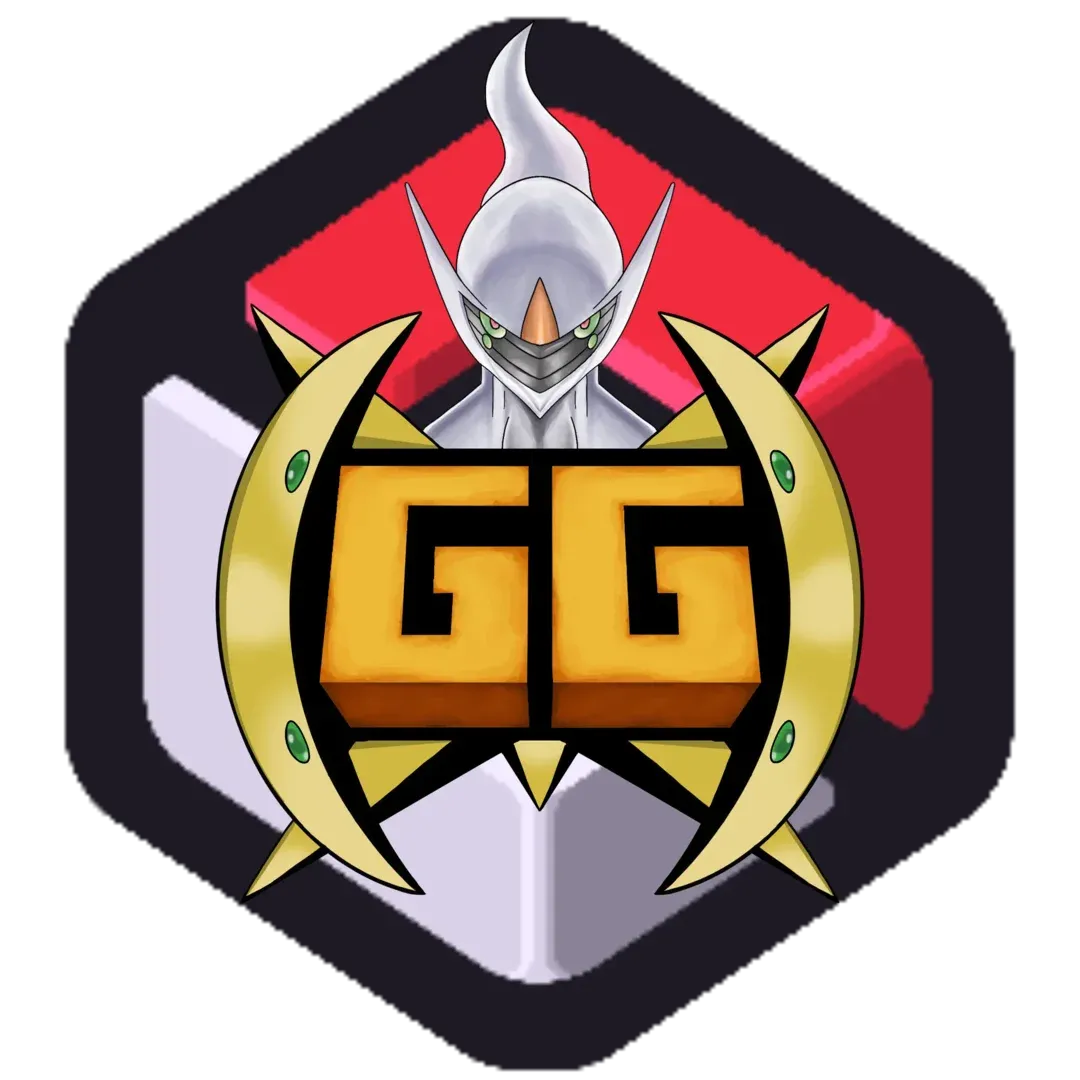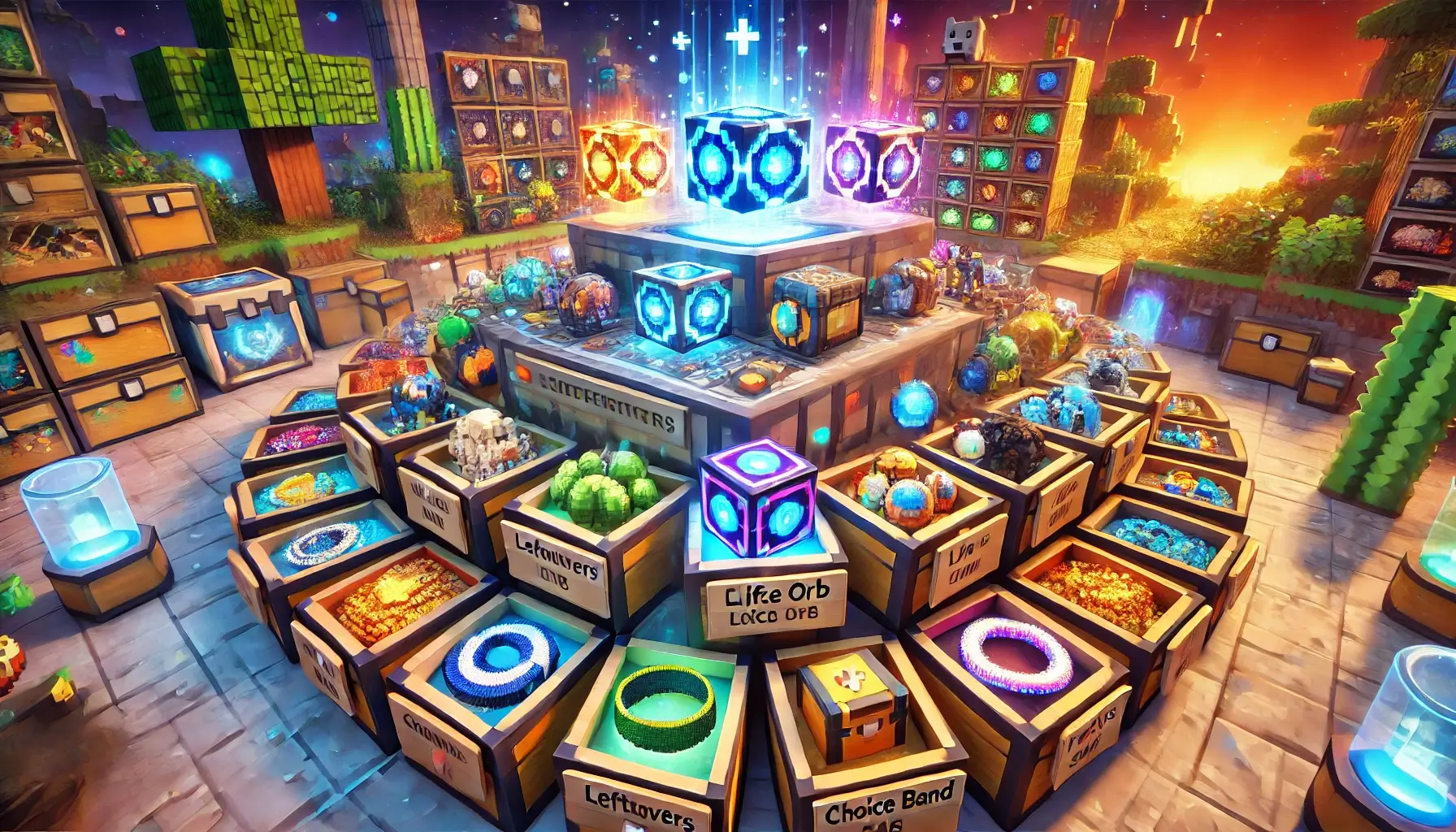Participating in Cobblemon tournaments can be an exciting way to showcase your skills, learn from other players, and engage with the competitive community. Whether you’re a seasoned player or new to tournaments, having a solid preparation strategy is essential for success. Here’s a comprehensive guide on how to get ready for competitive Cobblemon tournaments, including team-building tips, practice strategies, and battle tactics.
1. Understanding Tournament Rules and Formats
Before diving into team preparation, it’s important to familiarize yourself with the specific rules and formats of the tournament. Different tournaments may have variations such as:
- Single Battles vs. Double Battles: Single battles involve one-on-one Cobblemon duels, while double battles require pairing up Cobblemon for team synergy and coordination.
- Level Caps: Tournaments often have level restrictions, such as level 50 or 100, to standardize competition.
- Banned Cobblemon and Moves: Legendary or overpowered Cobblemon and certain moves might be restricted. Check the tournament’s ban list to ensure your team complies.
Pro Tip: Join forums or Discord groups related to the tournament to stay updated on rule changes or clarifications.
2. Building a Competitive Team
A successful team blends offensive power, defensive stability, and strategic versatility. Here’s how to approach team-building:
Core Team Composition
- Balanced Core: Start with a balanced core of three Cobblemon that cover each other’s weaknesses. For example, a Fire/Water/Grass core ensures broad type coverage.
- Offensive and Defensive Mix: Include Cobblemon with complementary roles. Defensive Cobblemon like Ferrothorn or Toxapex can stall and support, while sweepers like Dragonite or Gengar can capitalize on weakened opponents.
Important Roles to Include
- Lead Cobblemon: Sets up entry hazards like Stealth Rock or puts early pressure on the opponent.
- Sweeper: A fast or strong Cobblemon that can clean up the match once defensive threats are gone.
- Tank or Wall: A durable Cobblemon that can soak up damage and stall out threats.
- Support Cobblemon: Provides status support with moves like Will-O-Wisp, Thunder Wave, or Heal Bell.
Example Team:
- Lead: Excadrill with Stealth Rock and Earthquake.
- Sweeper: Garchomp with Swords Dance and Outrage.
- Tank: Toxapex with Recover and Toxic.
- Support: Clefable with Wish and Protect.
3. Practicing for the Tournament
Once your team is built, practice is essential to fine-tune your strategies and identify weaknesses. Here’s how to optimize your training:
Simulated Battles
- Use Battle Simulators: Platforms like Pokémon Showdown can simulate Cobblemon battles, allowing you to test your team against various opponents without risking your tournament record.
- Analyze Replays: Review battle replays to learn from mistakes and spot patterns in your gameplay.
Participate in Scrims
- Join Practice Matches: Compete against friends or other players in practice matches. This experience will give you insight into common strategies and help you adapt to different playstyles.
Tip: Keep a battle log to track which opponents or strategies give you the most trouble and adjust your team accordingly.
4. Refining Battle Tactics
Executing a successful battle strategy requires more than just a good team. Here are advanced tactics to keep in mind:
Prediction and Switching
- Anticipate Opponent Moves: Try to predict your opponent’s next move based on their team composition and current board state.
- Defensive Switching: Switching to a Cobblemon that can resist or negate an incoming attack is crucial for maintaining control. For example, switch a Ground-type into an anticipated Electric move to gain momentum.
Utilize Entry Hazards and Hazard Control
- Entry Hazards: Moves like Stealth Rock and Toxic Spikes chip away at opponents and disrupt strategies.
- Defog and Rapid Spin: Make sure your team has a way to remove hazards. Corviknight and Excadrill are excellent choices for this role.
Timing and Momentum
- Use Priority Moves: Moves like Aqua Jet or Extreme Speed can pick off weakened foes or outpace faster Cobblemon.
- Manage Tempo: Keep the tempo in your favor by using moves like U-turn or Volt Switch to pivot between Cobblemon and maintain pressure.
5. Preparing for Common Meta Threats
Study the current Cobblemon meta to know which strategies and Cobblemon are most popular in competitive play. Prepare counters for:
- Dragapult: A common offensive threat with high Speed and versatile moves. Use Ferrothorn or Clefable as counters.
- Excadrill: Often seen as a lead or sweeper, carrying Earthquake and Iron Head. A defensive Skarmory or Rotom-Wash can handle it effectively.
- Toxapex: A defensive wall that stalls with Toxic and Scald. Electric or Ground-type attackers with strong offensive moves can counter it.
6. Mental Preparation and Adaptability
Tournaments can be intense, so maintaining focus and adaptability is crucial.
Tips for Mental Readiness
- Stay Calm Under Pressure: If you’re down a Cobblemon or two, don’t panic. Analyze your best plays and capitalize on your opponent’s mistakes.
- Adjust Your Strategy: If you notice your usual approach isn’t working, adapt by switching tactics or leveraging hidden tech moves that your opponent might not expect.
- Learn from Each Match: Even if you lose, treat each battle as a learning opportunity. Analyze what went wrong and how you can improve for the next round.
Conclusion
Preparing for a competitive Cobblemon tournament requires strategic planning, team-building, extensive practice, and the ability to adapt mid-battle. By constructing a balanced team, practicing regularly, and staying informed about the current meta, you can elevate your gameplay and perform well under tournament conditions. Keep honing your skills, experiment with different strategies, and most importantly, enjoy the competition as you test your Cobblemon knowledge and strategy against other skilled players.



